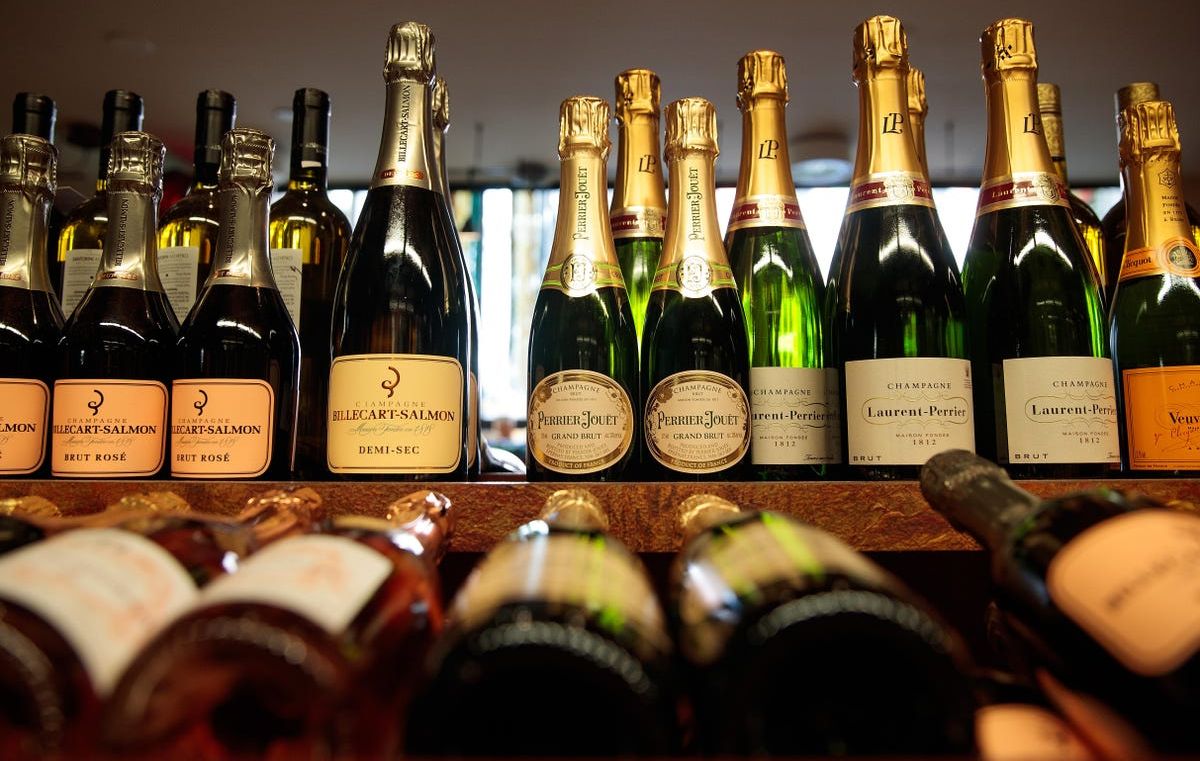

Articles
How To Store Champagne Unopened
Modified: October 20, 2024
Learn the best ways to store unopened champagne to maintain its quality and flavor. Read our helpful articles on champagne storage tips and techniques.
(Many of the links in this article redirect to a specific reviewed product. Your purchase of these products through affiliate links helps to generate commission for Storables.com, at no extra cost. Learn more)
Introduction
Welcome to the world of champagne, the sparkling elixir that is synonymous with celebration and luxury. Whether you’re a champagne connoisseur or simply enjoy popping a bottle for special occasions, it’s important to understand the art of storing champagne. Proper storage not only helps preserve the quality and taste of the wine but also ensures that you get the most out of your investment.
In this article, we will explore the essential factors to consider when storing champagne unopened. From temperature and humidity control to the right storage environment, we will delve into the intricacies of preserving champagne’s effervescence and flavor profile. So, let’s pop the cork and discover the secrets to keeping your champagne bottles in pristine condition!
Key Takeaways:
- Preserve the quality and effervescence of champagne by storing it in a cool, dark environment with consistent temperature and humidity. Avoid light exposure, handle bottles with care, and choose the right storage method based on the intended duration.
- For long-term champagne storage, invest in a temperature-controlled wine refrigerator or cellar, document your collection, and seek expert advice. Embrace the art of champagne storage to honor the craftsmanship and history behind each bottle.
Read more: How To Store Unopened Botox
Why Proper Storage Matters
Proper storage is vital for maintaining the quality and taste of champagne. Champagne is a delicate and intricate beverage, and its characteristics can easily be affected by unfavorable storage conditions. Here are a few reasons why proper storage matters:
- Preserve Carbonation: Champagne is known for its bubbles and effervescence, which are created through a secondary fermentation process in the bottle. Improper storage can cause the carbonation to dissipate prematurely, resulting in a flat and lifeless champagne.
- Maintain Flavor and Aroma: Champagne is prized for its delicate flavors and aromas, ranging from citrus and floral notes to yeast and brioche. Exposure to excessive heat, light, or improper humidity levels can alter the wine’s taste and diminish its aromatic complexity.
- Protect Bottle Integrity: Champagne bottles are under high pressure due to the carbon dioxide trapped inside. Insufficient storage conditions can weaken the bottle structure, leading to potential leaks or even the dreaded “pop” before you intend to open it.
- Preserve Longevity: Champagne has the potential to age gracefully, developing more complex flavors and characteristics over time. Proper storage can help prolong the aging process and ensure that you experience the full range of flavors that champagne has to offer.
By understanding the importance of proper storage, you can take the necessary steps to create a suitable environment for your favorite bottles of champagne. Let’s explore the key aspects to consider when choosing the right storage conditions.
Choosing the Right Environment
Creating the ideal storage environment for your champagne is crucial for preserving its quality and taste. Here are some factors to consider:
- Temperature: Champagne is sensitive to temperature fluctuations. It’s best to store champagne between 45°F (7°C) and 55°F (13°C). Avoid extreme heat or cold, as they can impact the wine’s flavor. Keep in mind that consistent temperature is key; avoid rapid changes in temperature, such as placing the champagne near a heat source or in a drafty area.
- Humidity: Maintaining appropriate humidity levels is important to prevent the cork from drying out. Aim for a humidity range of 60% to 75%. Excessive dryness can lead to oxidation, while high humidity may cause label damage or mold growth. A wine cellar, a temperature-controlled wine refrigerator, or a dedicated wine storage unit are ideal options for controlling humidity levels.
- Vibration: Champagne is sensitive to vibrations, which can disrupt the sediment in the bottle and affect the quality. Avoid storing champagne near appliances or areas with constant movement. Opt for a stable and vibration-free location, such as a dedicated wine storage area or a wine refrigerator with vibration-absorbing features.
- Avoiding Temperature Fluctuations: Consistency is key when it comes to temperature. Variations in temperature can cause the wine to expand and contract, leading to pressure changes within the bottle. This can result in leakage or premature aging. Find a location that maintains a constant temperature to minimize these fluctuations.
By selecting an environment that meets these criteria, you can ensure that your champagne stays in optimal condition. Now, let’s explore the different storage positions and their impact on champagne.
Temperature and Humidity Control
Controlling the temperature and humidity is crucial for maintaining the quality and longevity of your champagne. Let’s delve into the details:
Temperature:
Champagne should be stored at a consistent temperature between 45°F (7°C) and 55°F (13°C). Fluctuations in temperature can negatively impact the wine by affecting its carbonation, flavor profile, and overall quality. High temperatures can cause the champagne to age prematurely, resulting in a flat taste. On the other hand, extremely low temperatures can slow down the aging process and hinder the development of complex flavors.
Humidity:
Humidity is another critical factor in champagne storage. Aim for a humidity level between 60% and 75%. Proper humidity prevents the cork from drying out, which could result in oxygen penetration and spoilage of the wine. Too high humidity, however, can lead to label damage or the growth of mold. A controlled storage environment, such as a wine cellar or refrigerator, can help regulate humidity levels and maintain the integrity of your champagne.
Temperature and Humidity Control Tips:
- Invest in a temperature-controlled wine refrigerator: This ensures a consistent and suitable storage environment for your bottles.
- Avoid storing champagne in regular refrigerators, as the temperature is often too cold and the humidity too low.
- Monitor humidity levels using a hygrometer to ensure they stay within the optimal range.
- If you don’t have access to a temperature-controlled storage solution, place your champagne in the coolest and most stable area of your home, away from direct sunlight and heat sources.
- Consider using wine bottle sleeves or insulating materials to further protect your champagne from temperature fluctuations.
By paying attention to temperature and humidity control, you can ensure that your champagne is stored in the optimal conditions for preserving its distinctive taste and characteristics.
Horizontal vs. Vertical Storage
When it comes to storing champagne, the question of whether to store bottles horizontally or vertically often arises. Let’s explore the differences between these two storage methods:
Horizontal Storage:
Traditionally, wine aficionados have favored horizontal storage for champagne. Placing bottles on their sides ensures that the cork remains in constant contact with the wine, preventing it from drying out. This promotes a tight seal and helps maintain the integrity of the champagne by minimizing the risk of air exposure. Additionally, horizontal storage helps keep the sediment, if any, in contact with the cork, making it easier to settle when it’s time to decant the champagne.
Vertical Storage:
Contrary to popular belief, vertical storage can also be suitable for storing champagne. This method is often used when space is limited, or if the bottles are stored in a refrigerated wine cooler with specially designed slots for standing bottles. The main advantage of vertical storage is its ability to maximize storage capacity. However, it’s important to note that vertical storage can increase the risk of premature cork drying and potential air exposure, especially if the bottles are not stored in a cool and dark environment.
Choosing the Right Storage Method:
Ultimately, the choice between horizontal and vertical storage depends on available space, storage options, and personal preference. If you have the luxury of space and the means to store bottles horizontally, it is the recommended method for long-term storage. However, if vertical storage is your only option, ensure that the bottles are kept in a cool and stable environment to minimize the risk of cork drying and oxidation.
In general, maintaining consistent temperature and humidity levels is more critical than the orientation of the bottles. Regardless of the storage method you choose, prioritize creating an ideal storage environment for your champagne.
Read more: How To Store Unopened Coconut
Avoiding Light Exposure
Light exposure is one of the factors that can have a detrimental impact on the quality and longevity of your champagne. Here’s why you should avoid light exposure and how to protect your bottles:
Why Light is Harmful:
Champagne is sensitive to ultraviolet (UV) light, which can lead to a phenomenon called “lightstrike.” Exposure to UV light can break down organic compounds present in the wine, resulting in off-flavors and aromas. This can significantly diminish the quality and enjoyment of your champagne, making it taste flat or even unpleasant.
Protecting Your Bottles:
- Store in a Dark Space: Choose a storage area that is shielded from direct sunlight and artificial light sources, such as fluorescent or LED lights. A dimly lit area or a dedicated wine cellar are ideal options to reduce exposure to light.
- Use UV-Protected Glass: If you store your champagne in glass cabinets or open racks, consider using tinted or UV-protected glass to filter out harmful UV rays.
- Wrap Bottles: If your storage area has light exposure, wrap your champagne bottles in dark-colored cloth or use wine bottle sleeves to provide an extra layer of protection against light.
- Keep Bottles Covered: If storing bottles in open wine racks, consider using wine bottle covers or placing the bottles in cardboard or wooden boxes to shield them from direct light.
Additional Tips:
- When pouring champagne, use opaque wine glasses to prevent light from affecting the wine as you enjoy it.
- If displaying champagne bottles for decorative purposes, ensure they are in a location away from direct sunlight and bright lights.
By protecting your champagne from light exposure, you can maintain its vibrant flavor, aroma, and overall quality. Now let’s move on to another important consideration: keeping champagne away from odors.
Store unopened champagne in a cool, dark place away from sunlight and temperature fluctuations. Keep the bottle lying down to keep the cork moist and maintain carbonation. Avoid storing in the fridge for extended periods as it can affect the flavor.
Keeping Champagne Away from Odors
One often overlooked aspect of champagne storage is the impact of odors. Champagne is highly sensitive to external odors, which can infiltrate the wine and compromise its flavor profile. Here’s how you can ensure that your champagne remains free from unwanted odors:
Avoid Strong Smells:
Champagne has a delicate aroma and subtle nuances that can be easily affected by surrounding odors. It’s essential to store champagne away from strong-smelling substances such as cleaning products, spices, perfumes, or even pungent foods. These odors can permeate the cork and contaminate the wine, resulting in off-flavors that detract from the true characteristics of the champagne.
Store in a Neutral Environment:
Choose a storage location that is free from any strong or lingering odors. Dedicated wine cellars, refrigerated wine coolers, or cool, dry closets are ideal options. Avoid storing champagne in areas near the kitchen or other spaces where odors may linger in the air.
Separate Strong-Smelling Bottles:
If you have champagne bottles with strong aromas, such as vintage or aged cuvées, it’s advisable to store them separately from other bottles. This prevents the strong scents from transferring to other bottles and ensures that each champagne retains its unique bouquet.
Consider Wine Bottle Capsules:
Wine bottle capsules are not only decorative but also help protect against potential odor contamination. They can prevent odors from infiltrating the bottle through the cork or the space between the cork and the glass neck. Choose capsules made from odor-resistant materials to provide an added layer of protection.
Inspect and Clean Bottle Storage Areas:
Regularly inspect and clean your storage area to ensure that no unpleasant odors have developed. Wipe down surfaces with odor-neutralizing cleaners and keep the area well-ventilated.
By keeping your champagne away from strong odors, you can enjoy the true and delicate flavors that make this sparkling wine so special. Now, let’s move on to proper handling and movement of champagne bottles.
Handling and Moving Champagne Bottles
Proper handling and movement of champagne bottles are essential to prevent damage and maintain the integrity of the wine. Here are some key guidelines to follow:
Handle with Care:
Champagne bottles are delicate, and mishandling can result in breakage or premature oxidation. When handling champagne bottles, always grasp them by the base, avoiding the neck and foil. This provides a firm grip and reduces the risk of the bottle slipping from your hands.
Avoid Shaking:
Champagne’s unique bubbles and effervescence make it prone to agitation. Avoid shaking or unnecessarily agitating the bottles, as this can cause the carbonation to release prematurely and result in a flat wine when opened.
Move Bottles Slowly:
When transporting or moving champagne bottles, do so slowly and carefully. Avoid sudden movements or jostling that may disturb the sediment or cause pressure changes within the bottle. This is especially important for vintage or aged champagnes, as they may have more sediment that needs to settle before opening.
Store Upright During Transport:
Unlike retail display, it is generally recommended to store champagne bottles upright during transport. This minimizes contact between the wine and the cork, reducing the risk of leakage or pressure changes. However, once you reach your destination, it’s advisable to store the bottles horizontally or at a slight angle to keep the cork moist and maintain its seal.
Avoid Extreme Temperatures during Movement:
Avoid exposing champagne bottles to extreme hot or cold temperatures when moving them. Rapid temperature changes can cause expansion and contraction, potentially leading to leakage or damage to the wine inside the bottle.
Consider Using Wine Bottle Protectors:
If you’re traveling with champagne bottles, consider using wine bottle protectors or sleeves to provide additional cushioning and protection against impacts. These can help absorb shocks and prevent breakage.
Remember, the proper handling and movement of champagne bottles ensure that they arrive safely and remain in optimal condition until you’re ready to celebrate and enjoy them. Now, let’s move on to discussing how to store champagne for different durations.
Storing Champagne for Different Durations
Whether you plan to enjoy your champagne in the near future or store it for a longer period, understanding how to store it based on the intended duration is important. Here are guidelines for storing champagne for different durations:
Short-Term Storage (Up to 1 Year):
If you plan to consume your champagne within the next year, you can store it in a cool, dark place with a consistent temperature between 45°F (7°C) and 55°F (13°C). Ensure that the bottles are stored horizontally or at a slight angle to keep the cork moist and to maintain a tight seal. This method ensures that the champagne remains in good condition for short-term enjoyment.
Medium-Term Storage (1-3 Years):
For champagne that you plan to store for a few years, it’s essential to maintain a consistent temperature, humidity, and stable environment. Consider investing in a temperature-controlled wine refrigerator or a dedicated wine storage unit to ensure optimal storage conditions. Store the bottles horizontally, allowing the champagne to age gracefully while still preserving the carbonation and overall quality.
Long-Term Storage (3+ Years):
If you’re looking to age your champagne for several years or even decades, it’s crucial to create an ideal storage environment. Maintain a consistent temperature between 45°F (7°C) and 55°F (13°C) and a humidity level between 60% and 75%. Store the bottles horizontally in a dark, vibration-free space. Consider investing in professional wine storage facilities or dedicated wine cellars for long-term aging.
Additional Tips:
- Keep a record of the storage period and vintage information to track the aging progress and ensure you enjoy the champagne at its peak.
- Inspect the bottles periodically for any signs of damage or leakage.
- Keep the storage area clean and free from any odors or contaminants.
- Avoid moving or disturbing bottles during the aging process to allow sediment to settle properly.
By following these guidelines, you can store your champagne appropriately for the desired duration, whether it’s for a short-term celebration or a long-term investment for a special occasion in the future. Now, let’s explore some additional tips for long-term champagne storage.
Read more: How To Store Unopened Whiskey
Additional Tips for Long-Term Storage
Long-term storage of champagne requires extra care and attention to ensure that the wine ages gracefully and maintains its quality. Here are some additional tips to consider:
Temperature Monitoring:
Regularly monitor the temperature of your storage area to ensure it remains within the recommended range of 45°F (7°C) to 55°F (13°C). Fluctuations in temperature can have a significant impact on the aging process and the quality of the champagne. Use a thermometer or a temperature-controlled storage system to maintain a consistent environment.
Periodic Rotation:
Consider periodically rotating your champagne bottles to ensure even aging. This involves gently turning the bottles a quarter-turn every six months or so. This helps distribute any sediment that may have settled at the bottom, preventing it from becoming concentrated in one area and aiding in the overall development of flavors.
Cellaring:
If you have the option, consider investing in a dedicated wine cellar or professional wine storage facility. These spaces are designed to provide optimal storage conditions, including temperature, humidity, and vibration control. Wine cellars offer a consistent and ideal environment for long-term champagne storage and can help preserve and enhance the aging process.
Document Storage:
Keep detailed records of the champagne stored, including information such as vintage, producer, and storage dates. This documentation helps track the aging process and allows you to select bottles for enjoyment at their peak maturity. It also adds value if you’re looking to sell or trade your collection in the future.
Consider Encryption:
If you store valuable or rare champagnes, you may want to consider additional security measures, like encryption or authentication tags, to ensure the authenticity of your collection and prevent tampering.
Expert Advice:
If you’re new to long-term champagne storage or have a valuable collection, consider consulting a wine expert or a dedicated sommelier. They can provide personalized recommendations based on your specific collection and guide you on optimal storage practices and potential investment opportunities.
By incorporating these additional tips into your long-term champagne storage approach, you can ensure that your cherished bottles age gracefully and provide you with unforgettable experiences in the years to come. Now, let’s conclude our exploration of the art of champagne storage.
Conclusion
Cheers to the world of champagne, where delicate bubbles and exquisite flavors come together to create a moment of joy and celebration! Proper storage of champagne is essential for preserving its quality, taste, and effervescence, whether you’re planning to enjoy a bottle in the near future or age it for a special occasion down the line.
By choosing the right storage environment, controlling temperature and humidity levels, avoiding light exposure, and keeping champagne away from odors, you can ensure that your bottles remain in optimal condition. Whether you opt for horizontal or vertical storage, handle and move the bottles with care, and store them appropriately based on the intended duration, these practices will contribute to the preservation of your champagne’s integrity.
For long-term storage, consider investing in a temperature-controlled wine refrigerator or a dedicated wine cellar to create an ideal environment for aging. Documenting your collection and seeking expert advice can enhance the experience and value of your champagne journey.
Remember, storing champagne is more than just a practical consideration; it’s an art. It’s a way to honor and respect the craftsmanship that goes into each bottle, capturing the essence of the vineyard and the history behind it.
So, whether you’re storing a bottle of champagne for a few months or several years, keeping it safe in cool darkness and maintaining the conditions it needs will ensure that when you finally uncork it, you’ll experience the magic of champagne at its finest.
Cheers to the art of champagne storage, and may your future celebrations be filled with the joyous pop of a perfectly stored bottle of bubbly!
Frequently Asked Questions about How To Store Champagne Unopened
Was this page helpful?
At Storables.com, we guarantee accurate and reliable information. Our content, validated by Expert Board Contributors, is crafted following stringent Editorial Policies. We're committed to providing you with well-researched, expert-backed insights for all your informational needs.
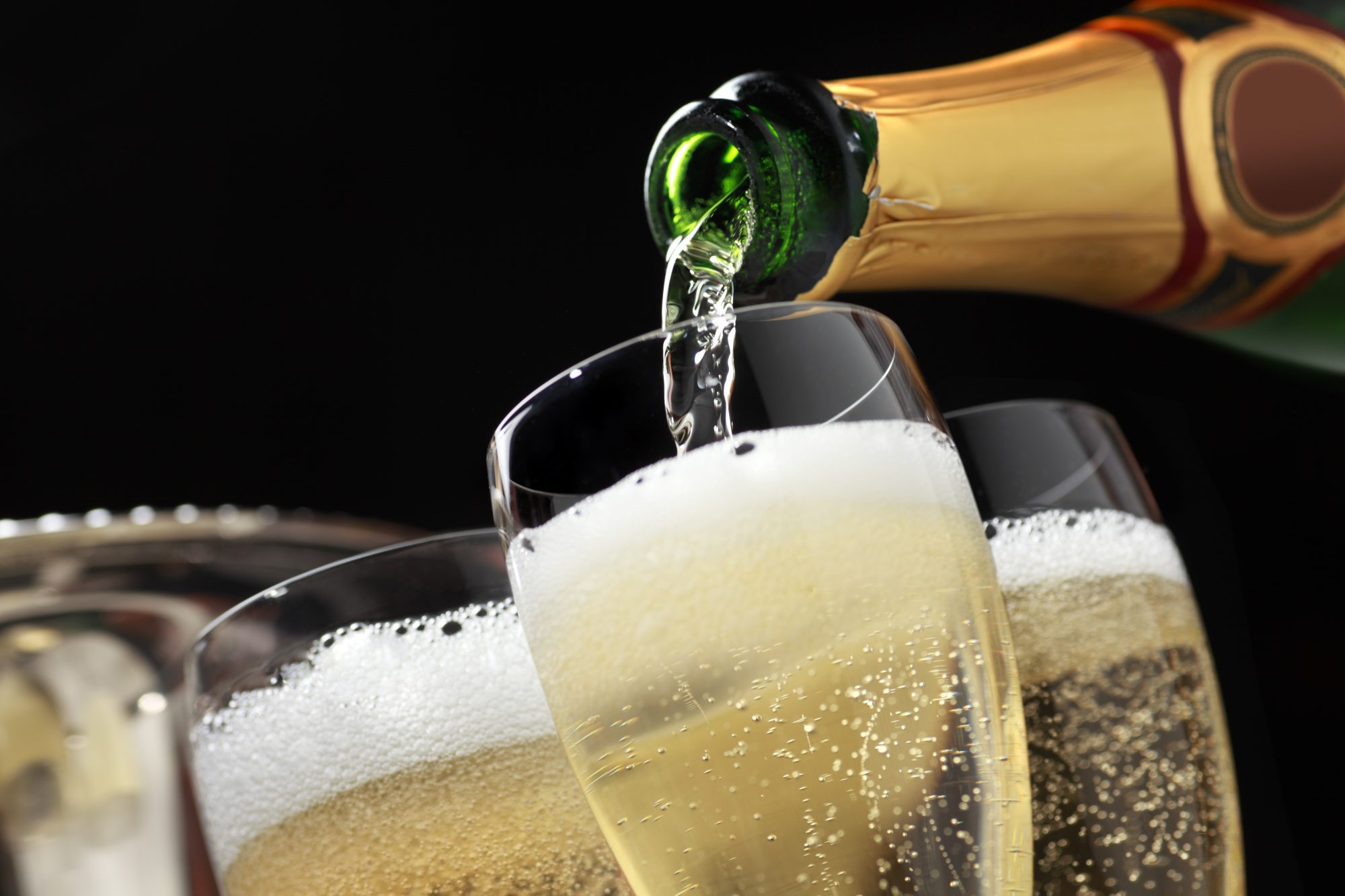
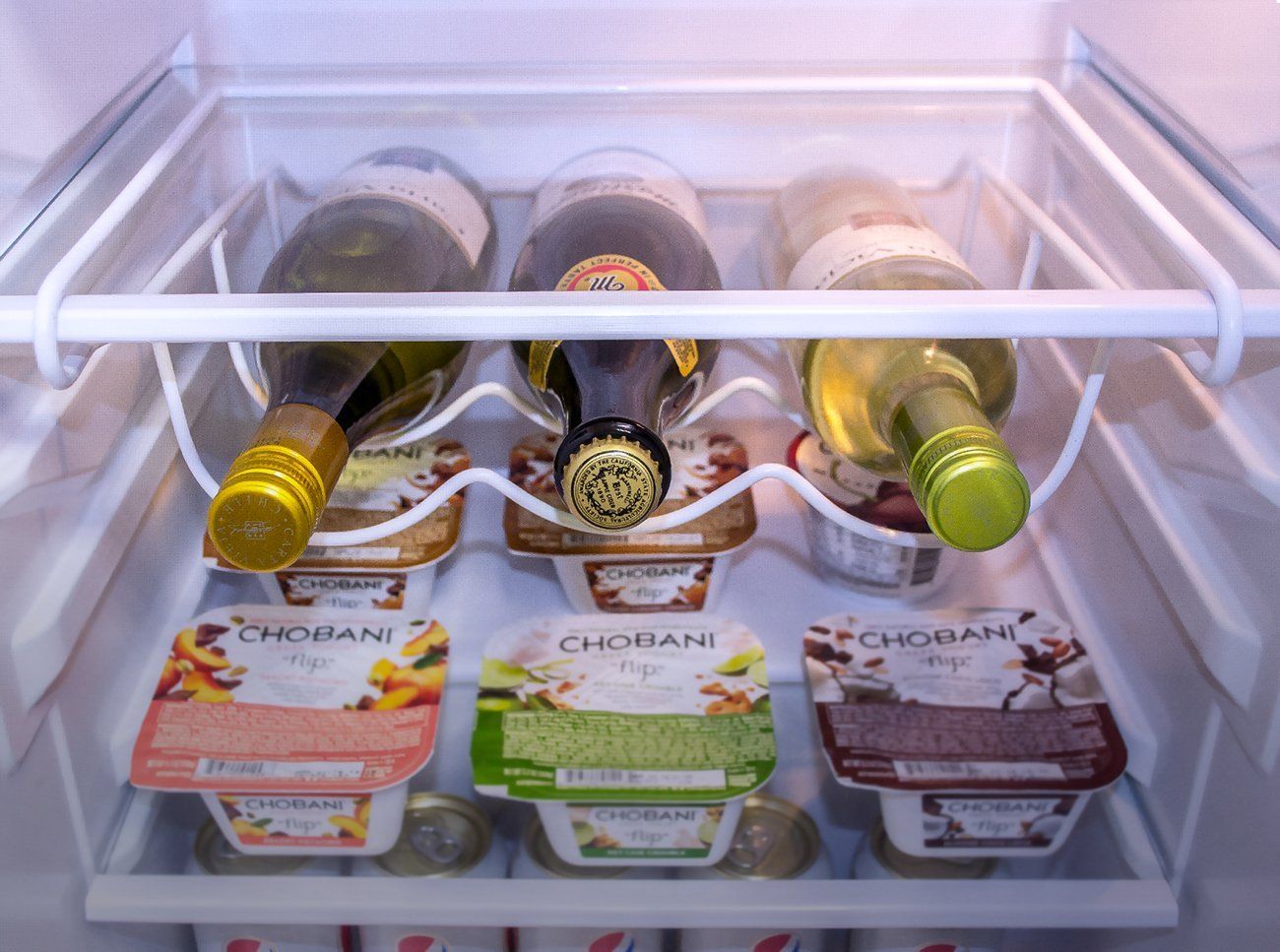
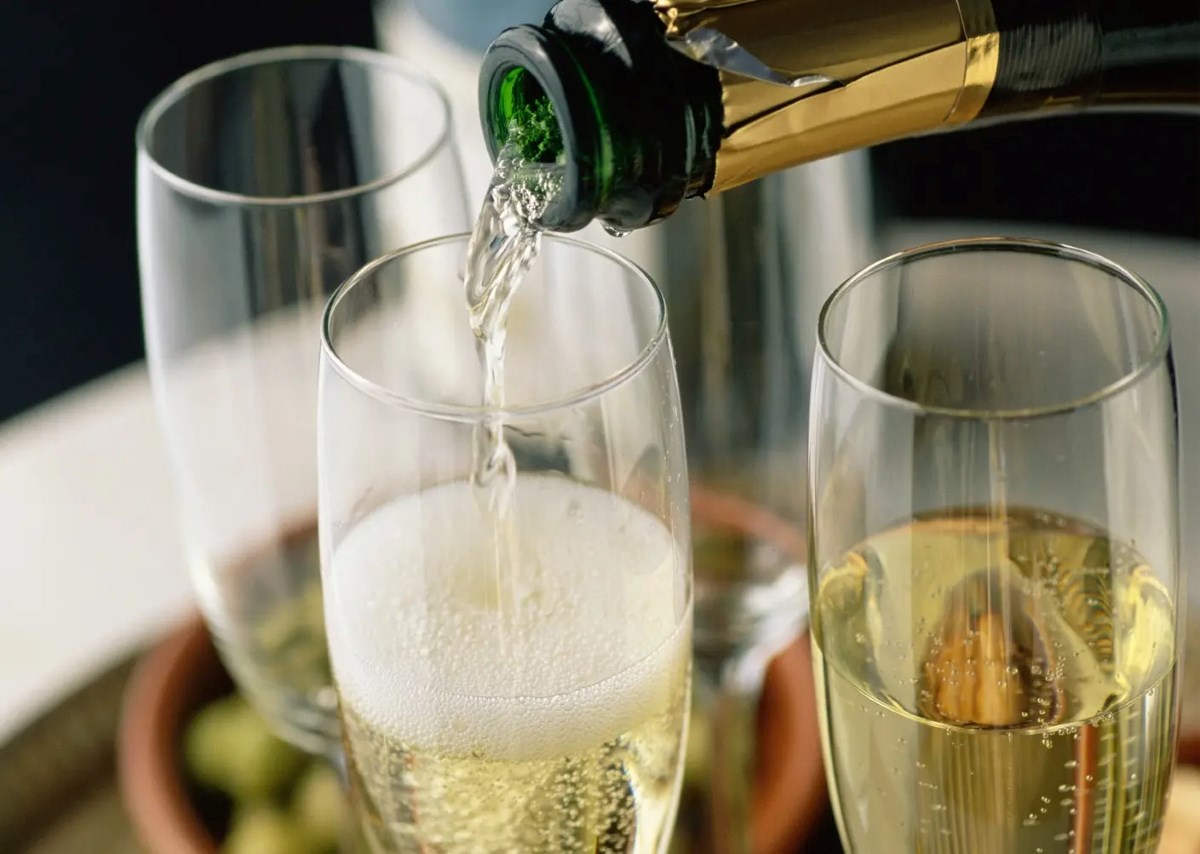
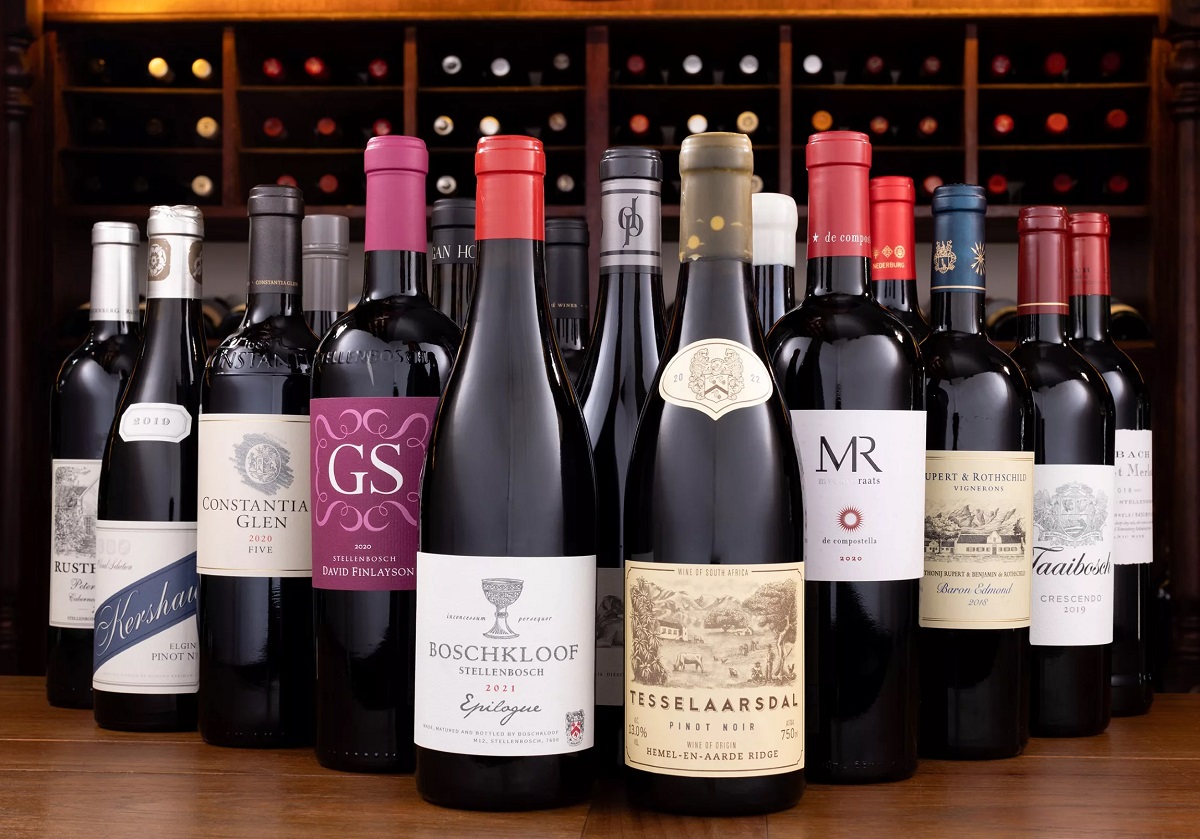
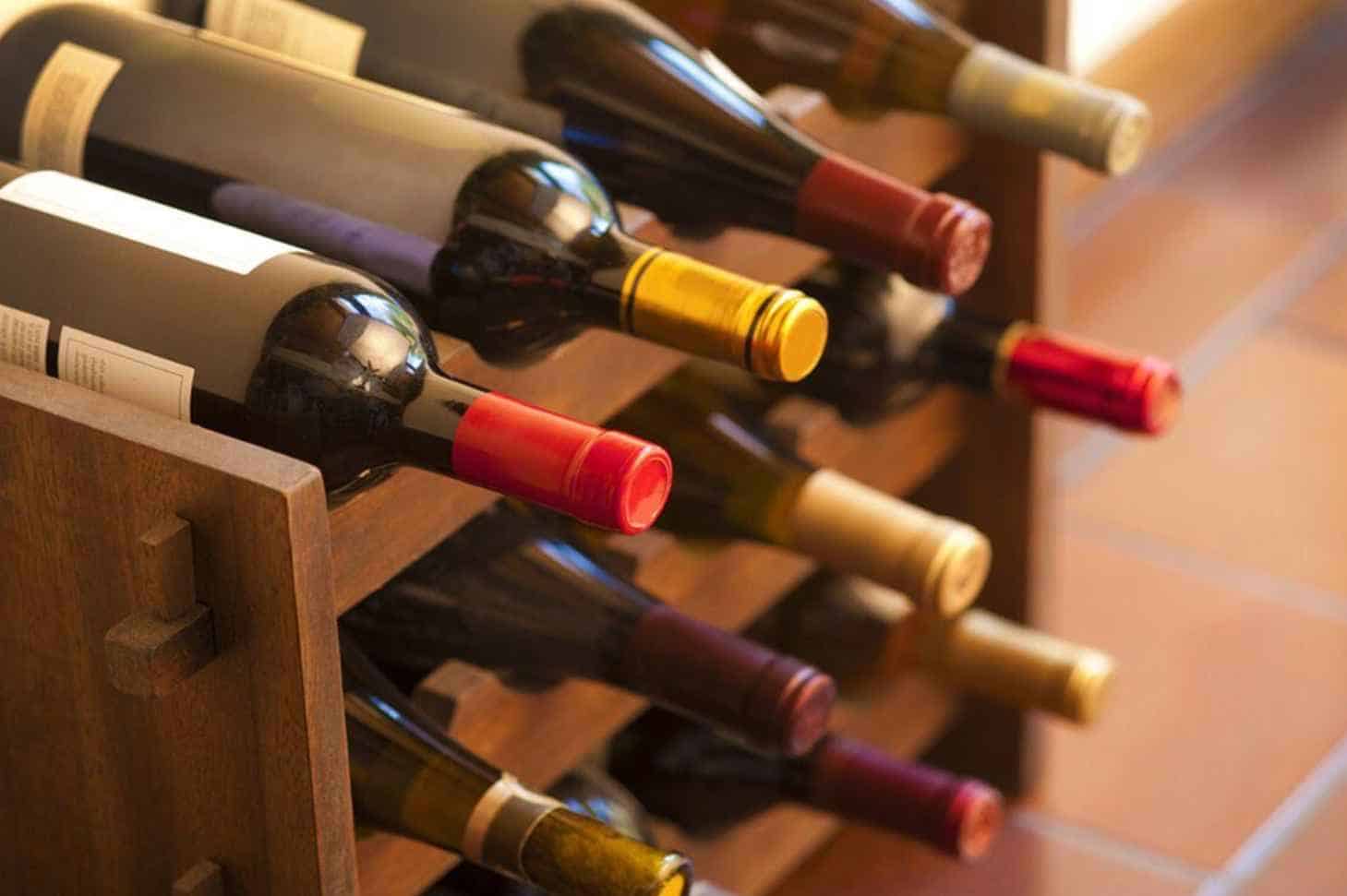
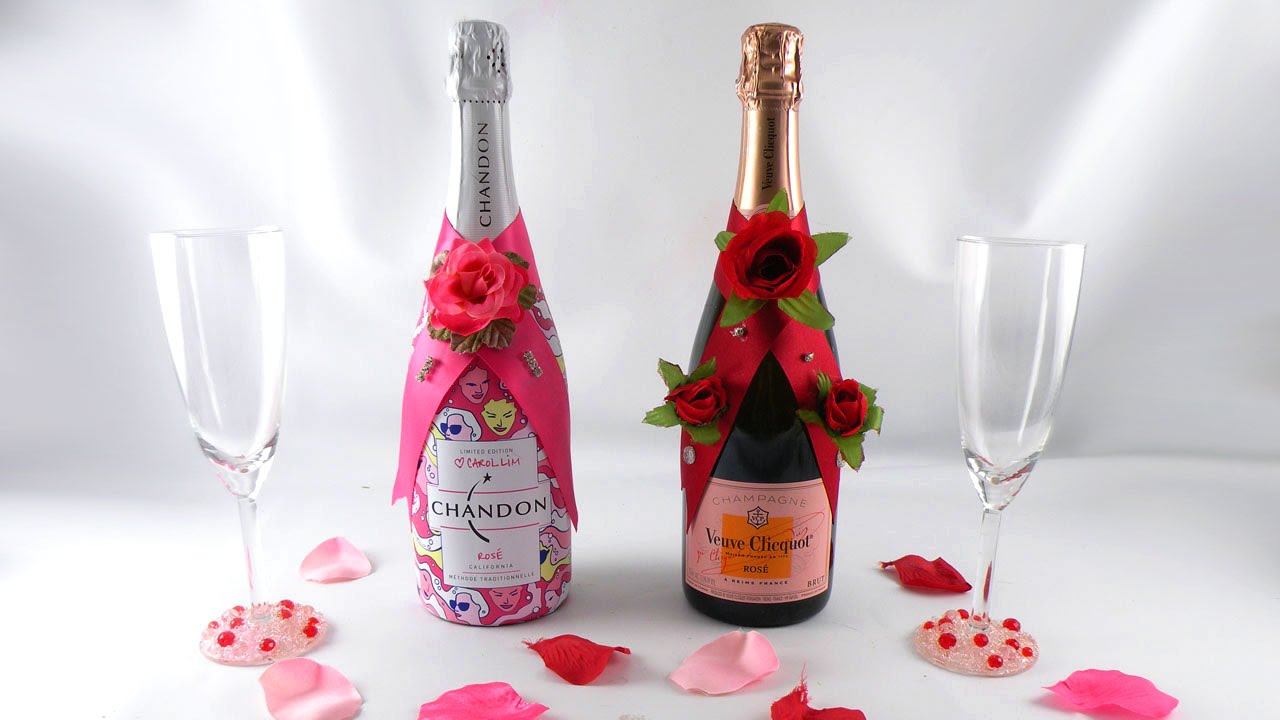
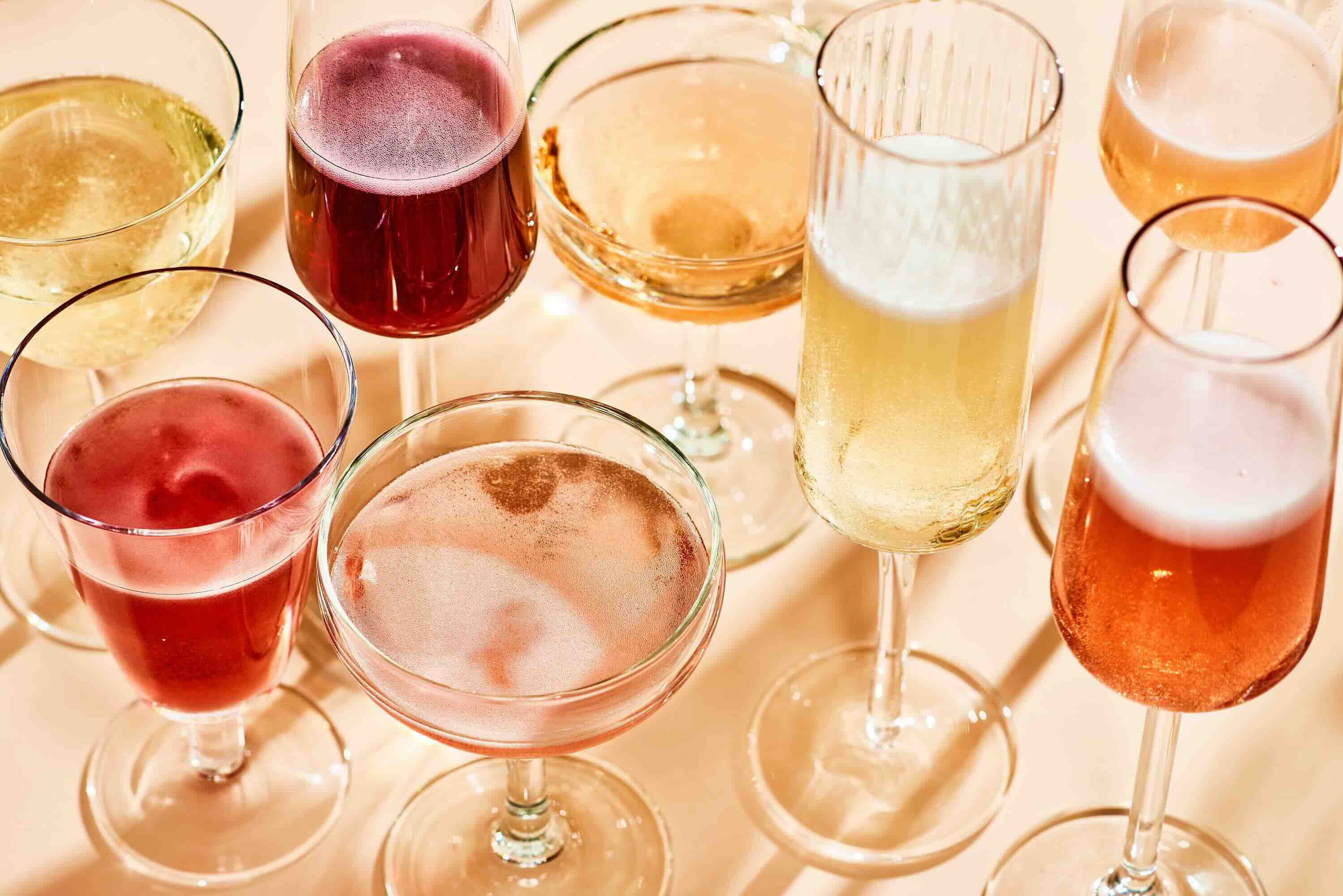
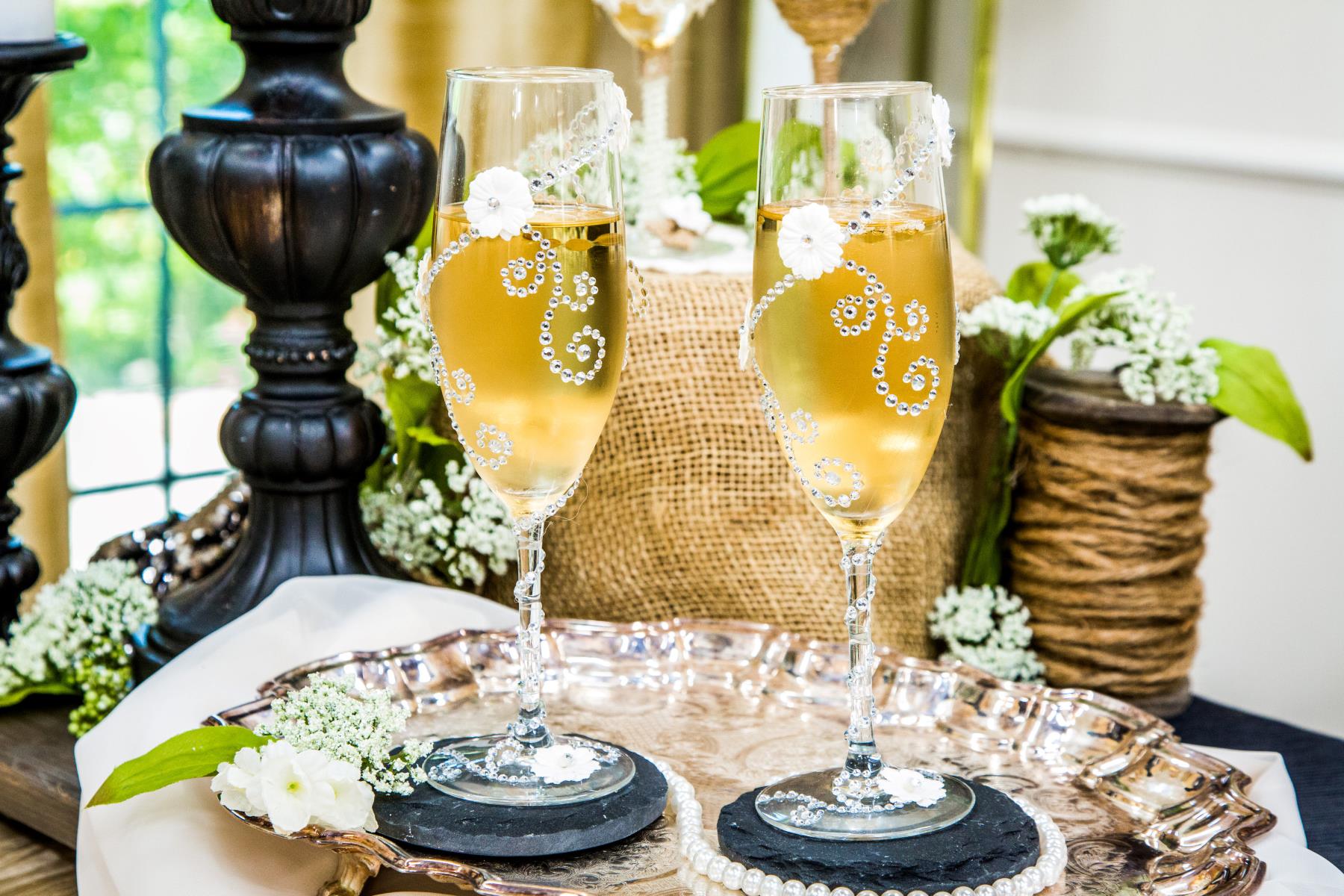
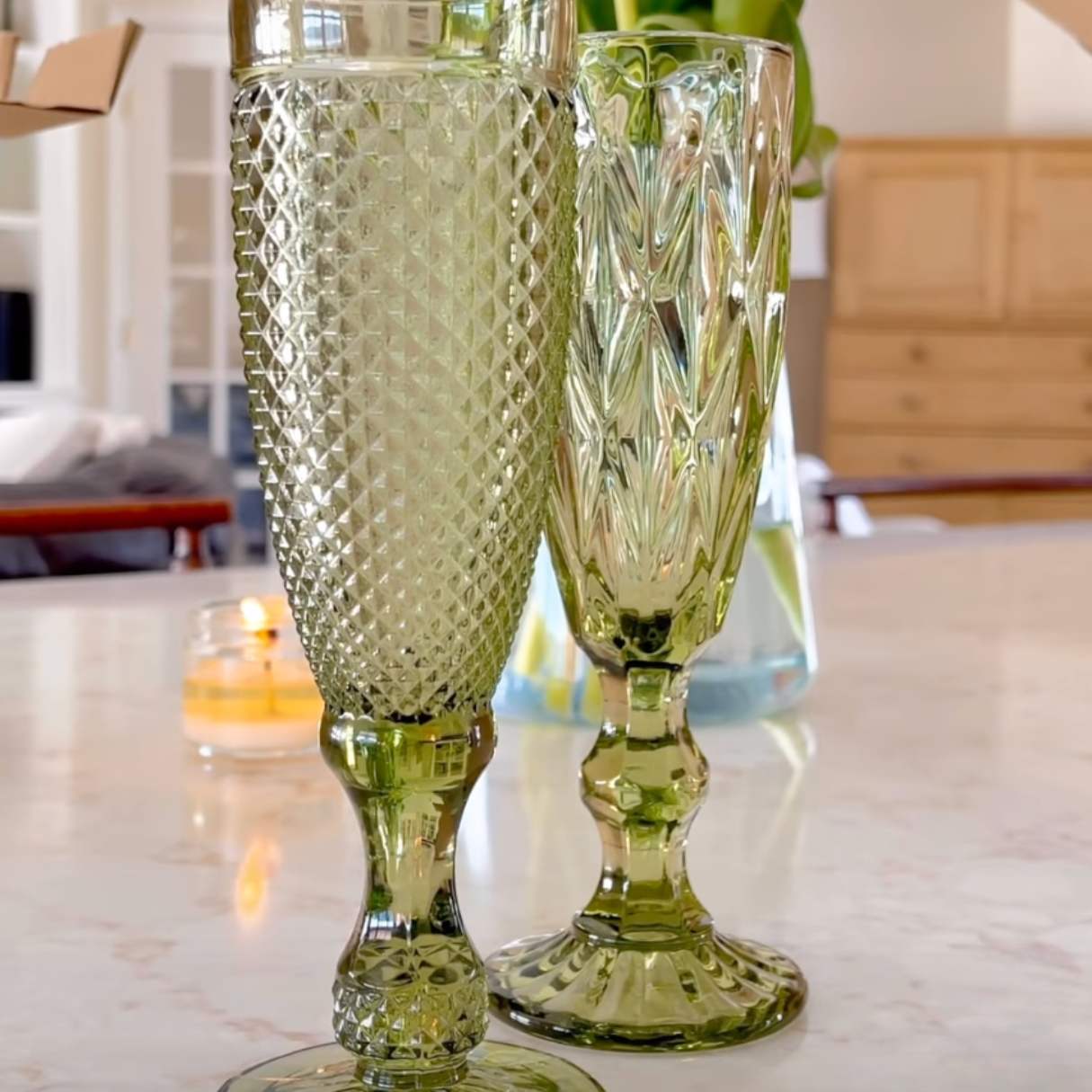
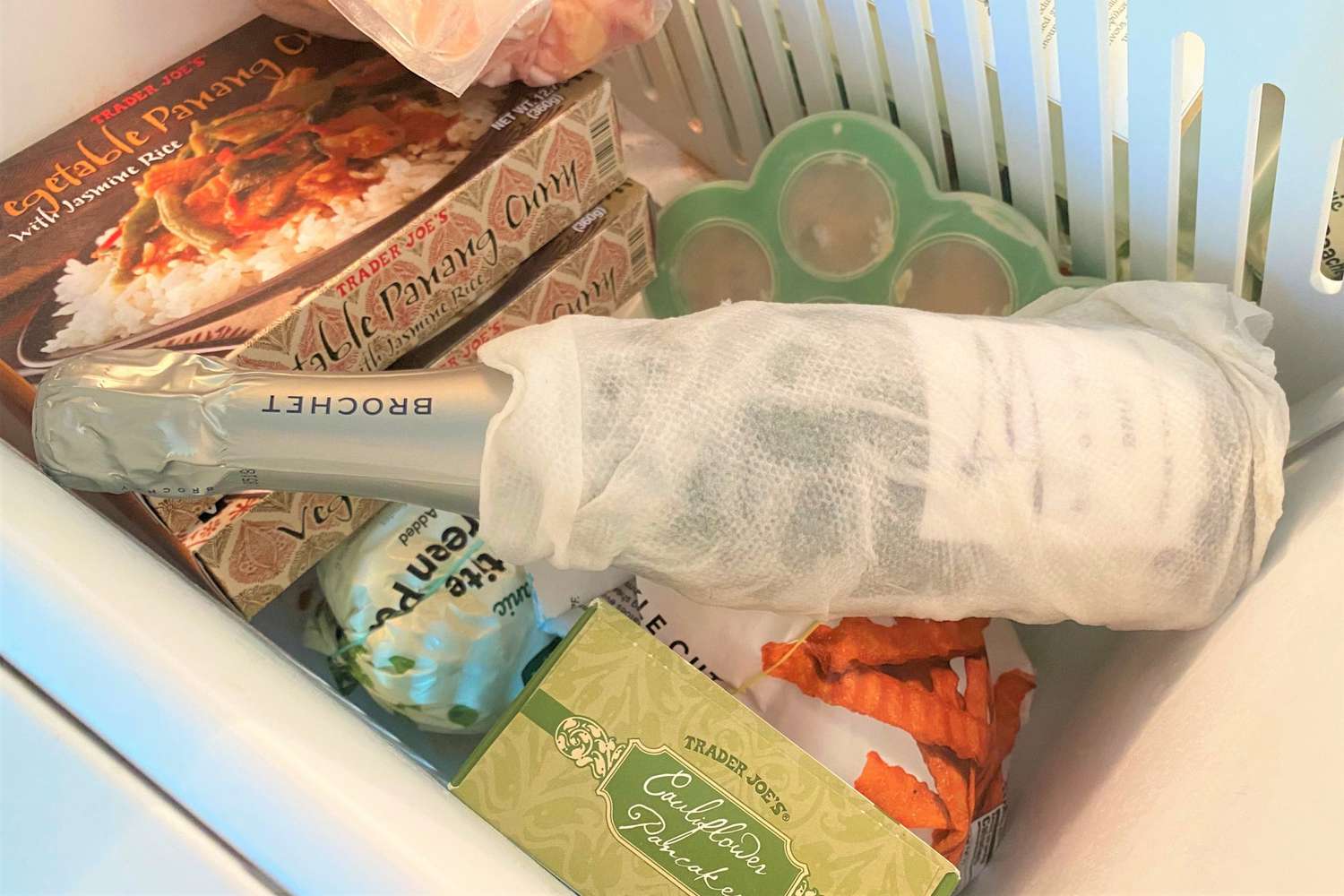
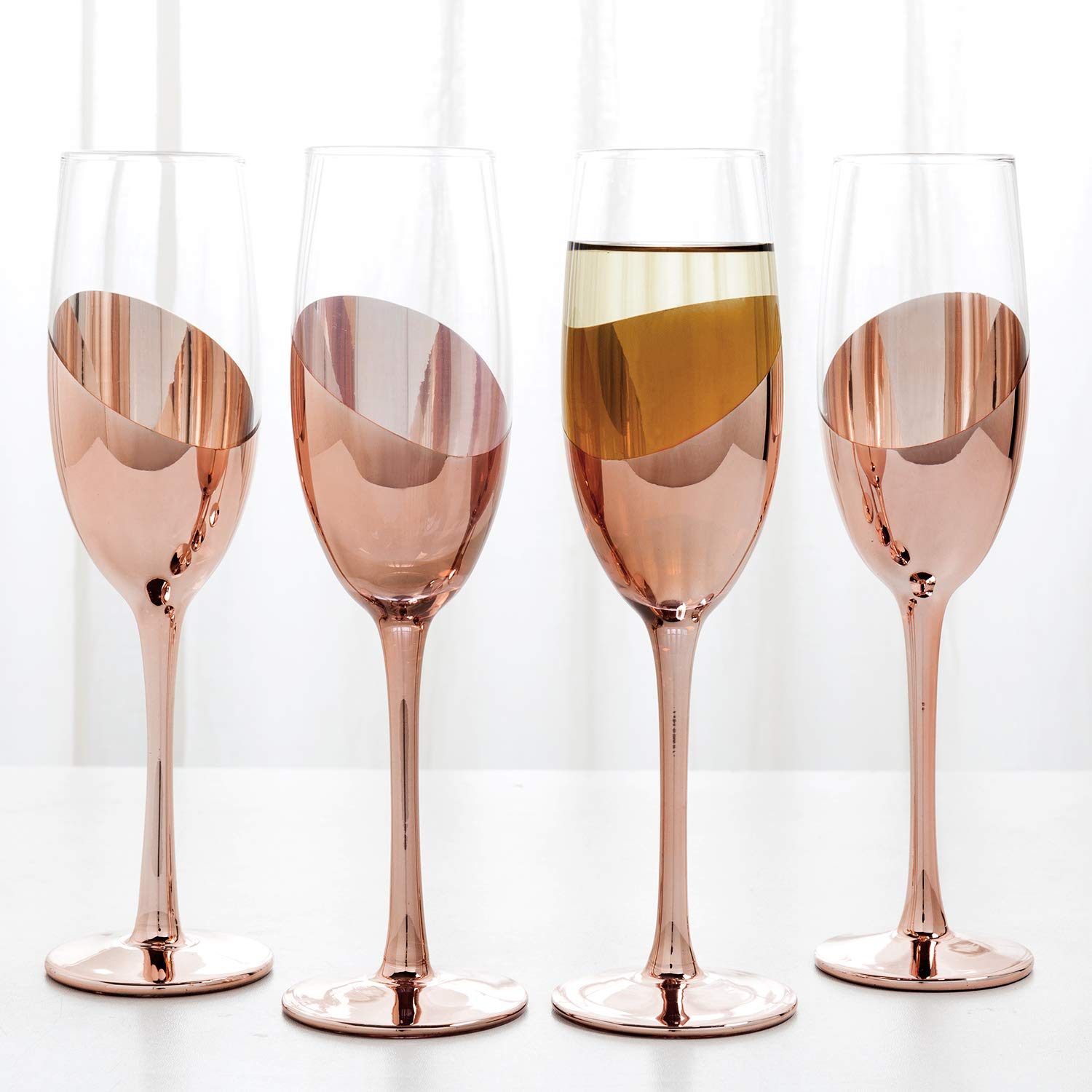

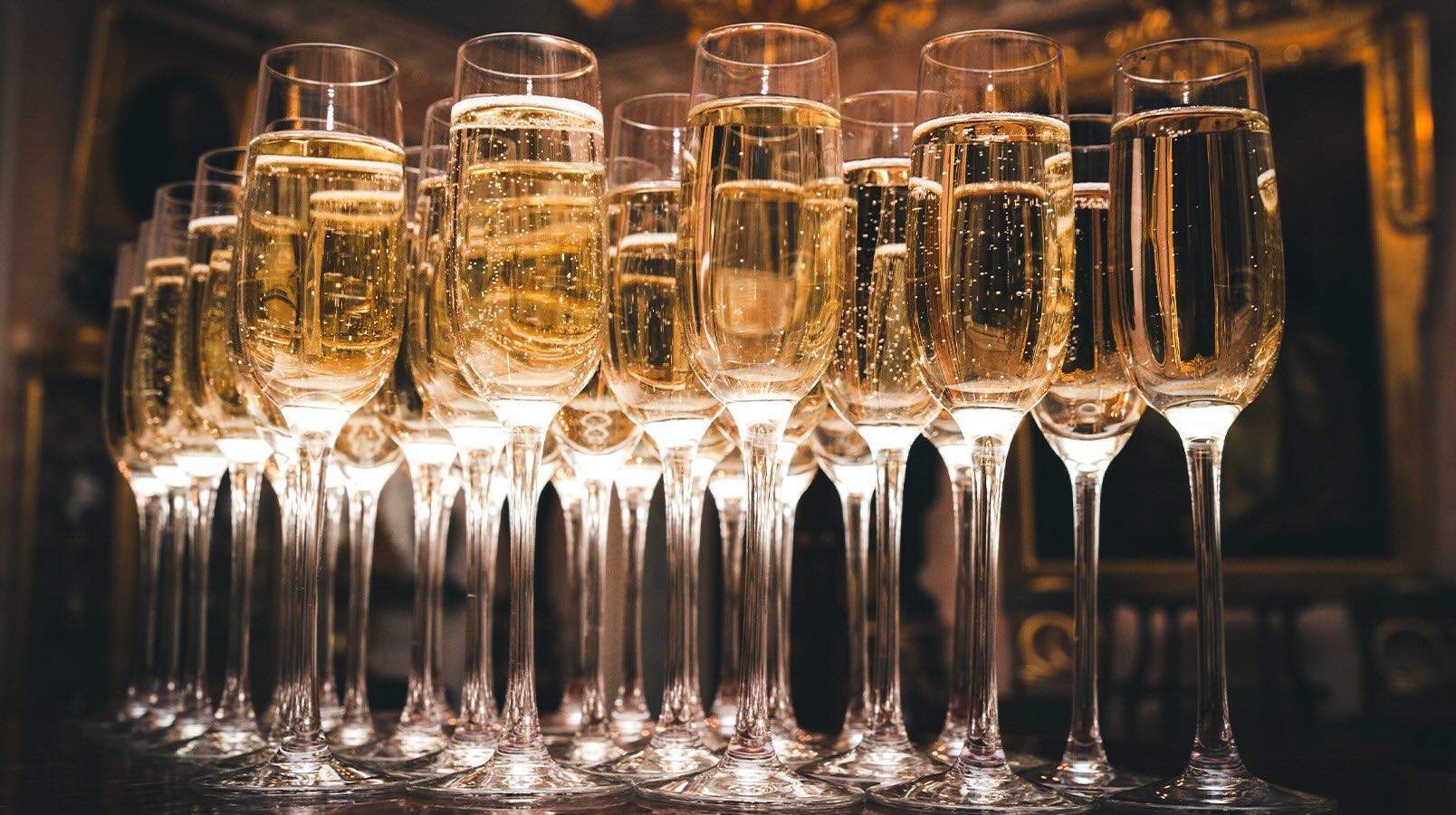

0 thoughts on “How To Store Champagne Unopened”